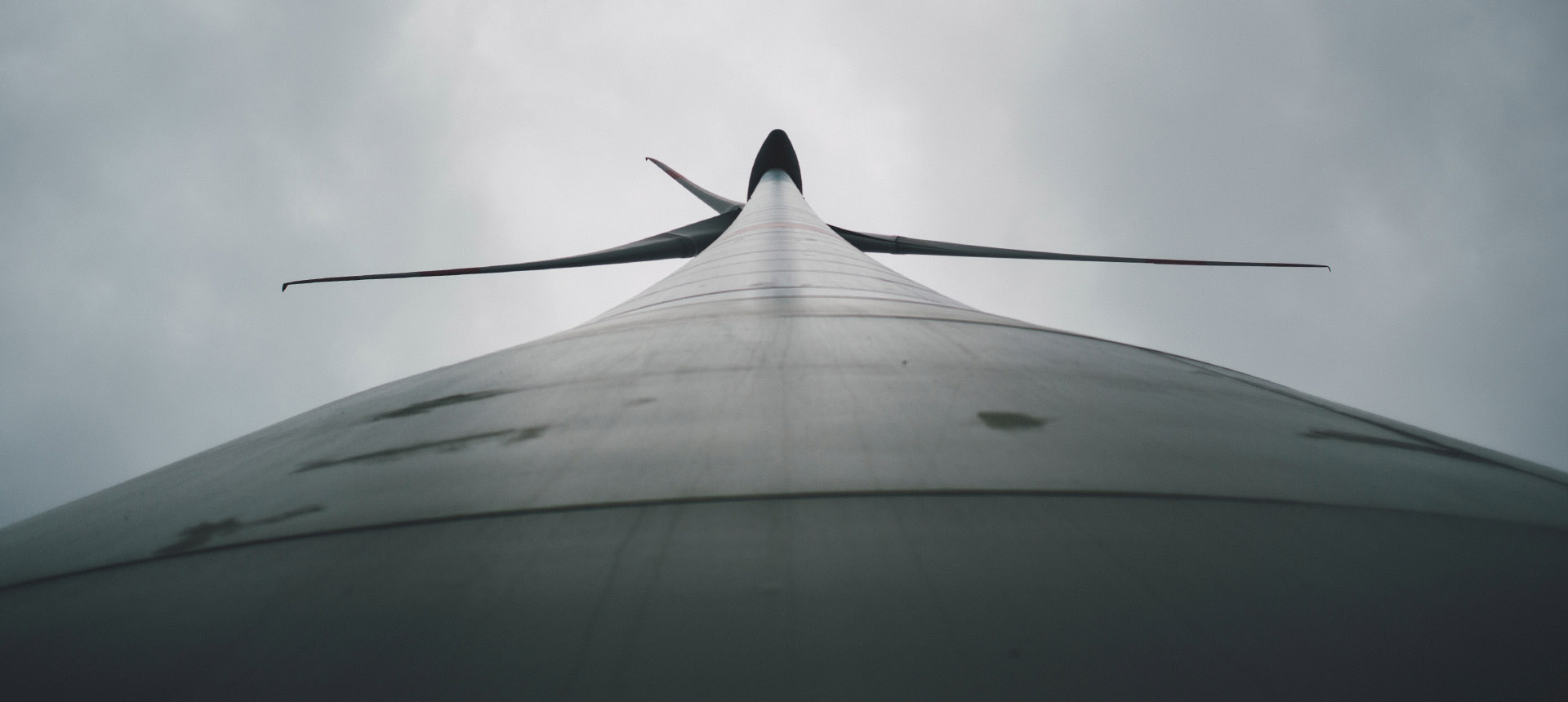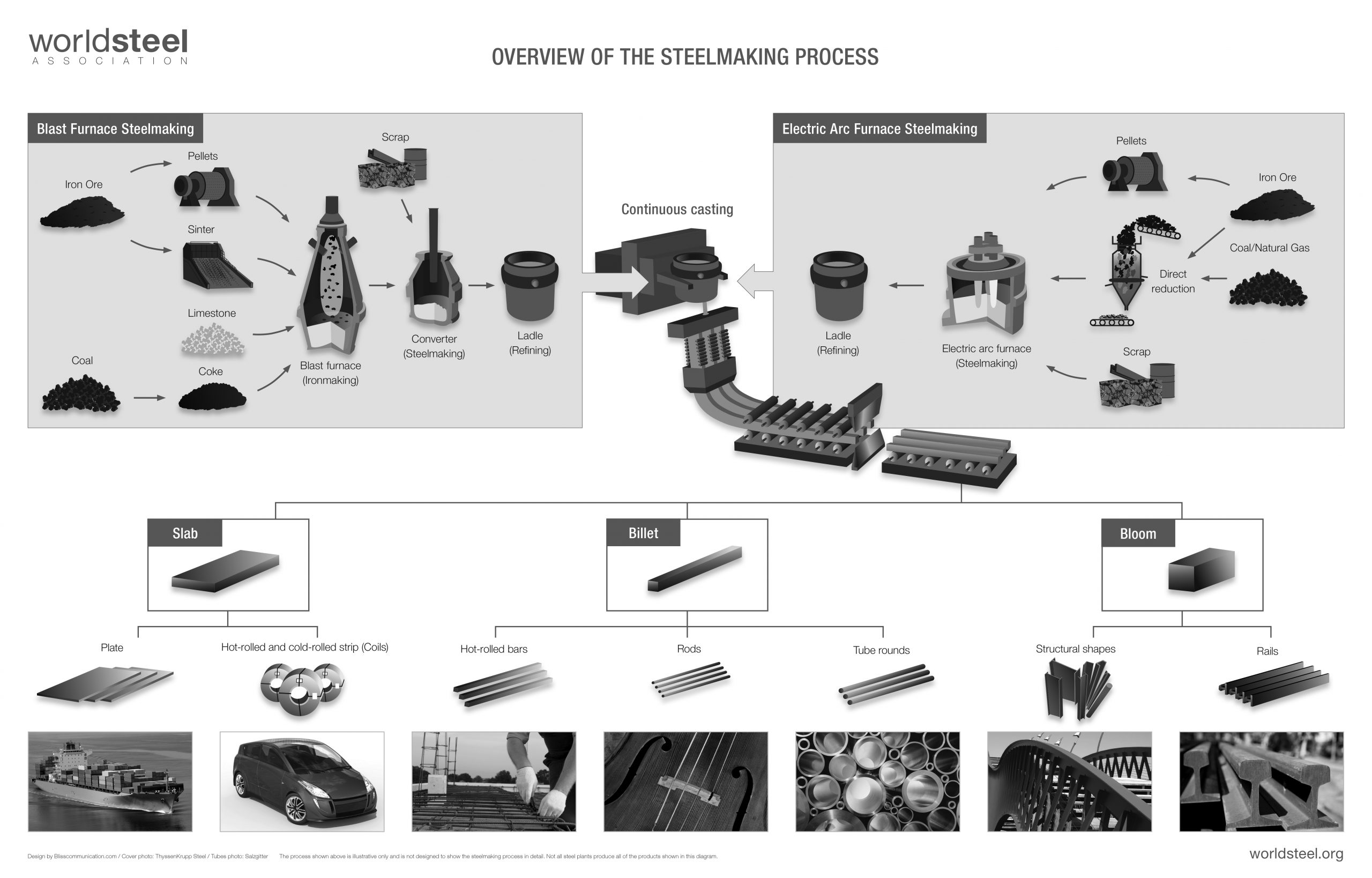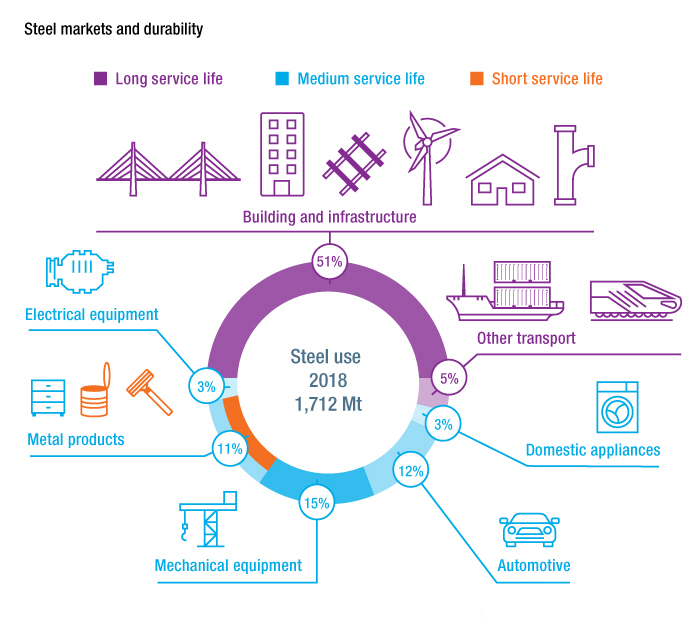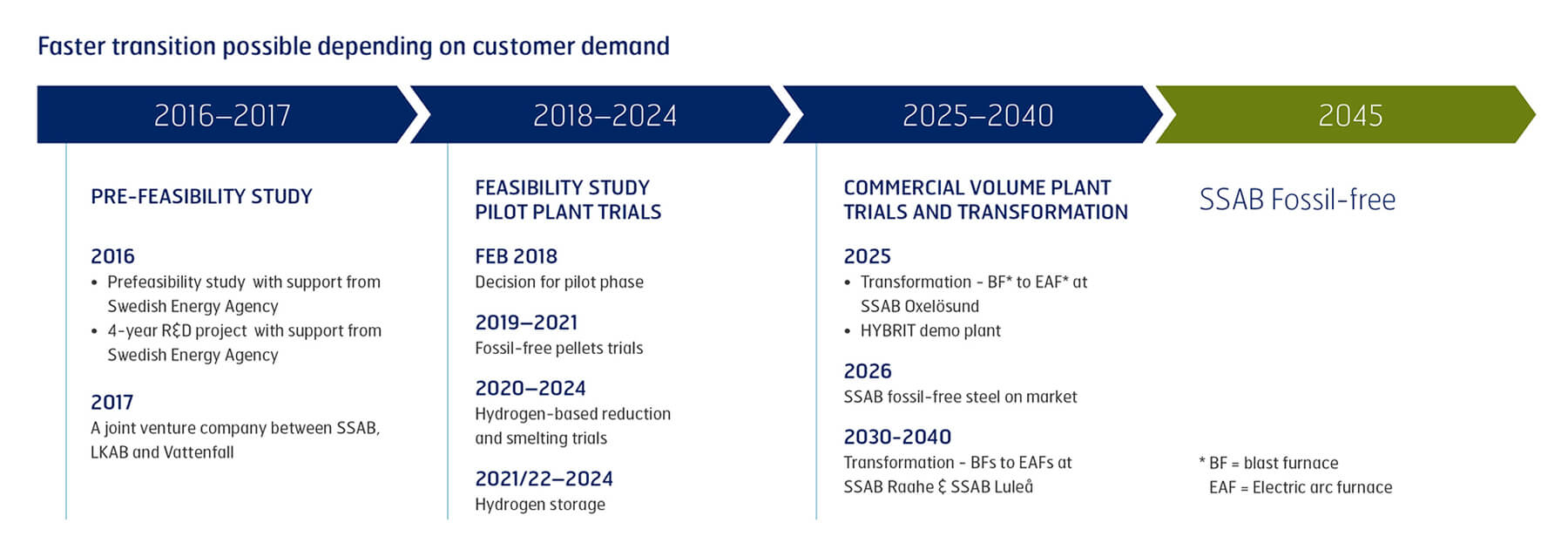
Steel Away to the Future of Industry
How long will metallurgical coal remain the core driver of steel manufacturing? What is metallurgical coal, and why is it so important to industry? We explore the future of metallurgical coal and steel production as global market leaders investigate the options for less carbon intensive steel manufacturing practices.
Metallurgical Coal?
Not all coal is the same, some is hard, some is soft, it comes in different colours; and we use different types for different purposes.
Sort of like timber, we choose different types depending on our need for hardwood, softwood or colour.
Metallurgical (met) coal is an essential ingredient in the steelmaking process that we use today. It contains more carbon, less ash and less moisture compared with thermal coal, which we burn to generate electricity,
Depending on the quality of the metallurgical coal, it will be categorised as hard coking coal, semi-hard coking coal, semi-soft coking coal and pulverized coal for injection (PCI); all forms are used in the steel-making process.
In the Illawarra and surrounds, coal mined from the Bulli and Wongawilli coal seams produces high quality metallurgical coal, a key factor in Bluescope Steel being able to locally make economically competitive steel.

Steel: an Essential Ingredient for Modern Life
Steel is a component in many everyday items we consider essential in our modern daily lives.

The Construction Industry accounts for more than 50% of demand for steel world-wide. Buildings and Infrastructure rely on steel for its strength.
Buildings rely on structural steel frames, steel reinforcing bars used in concrete, sheeting products, heating and cooling equipment and internal fixtures. Infrastructure necessary for our transportation networks rely on rebar, plates, sections and tracks for our bridges, tunnels, railway lines and in the construction of associated petrol stations, train stations and airports.
Steel is essential to the manufacture of heavy machinery used in civil engineering and construction, rail carriages, planes, shipping vessels, tanks and pressure vessels, nuclear, thermal and hydroelectric plants. It’s also essential to the renewables sector, for example the manufacture of wind turbines, pumps and plant.
Modern medical equipment, information technology advances, and your car, bike and fridge are all made of steel.

Steel plays a critical role in virtually every phase in our lives.
Steel is unique in that it is continually 100% recyclable, with no loss of its properties or performance.
Metallurgical coal transformed steel making, turning iron ore into an essential and highly refined building block for modern developed economies. But the wheels of change continue to turn, and industry must continue to evolve into the future.
What could a carbon neutral future look like for the steel industry?
According to the World Steel Association the steel industry accounts for between 7% to 9% of direct emissions from the global use of fossil fuel. On average, 1.85 tonnes of carbon dioxide (CO2) are emitted for every tonne of steel produced.
The ‘ultimate goal’ is zero emissions steel (green steel).
The global steel industry is working together to drastically reduce the overall CO2 emissions from the production of steel. However, economic scaling of potential solutions will require fundamental transformation of the global energy system (as large quantities of carbon-free hydrogen, biomass and electricity would need to be readily and consistently available).
Today, a large number of promising projects are ongoing in different parts of the world. Some projects are in the early research stage while others are in pilot or demonstration phase. Although their goals are similar, approaches differ and can be categorised as follows:
- Hydrogen as a reducing agent – avoids carbon and uses hydrogen to reduce iron ore thereby averting the creation of CO2, and producing H2O (water) instead.
- Carbon Capture and Storage (CCS) – generates a clean and concentrated CO2 stream that can be captured and stored. The process involves retrofitting steel plants with capture technology and requires the development of transportation networks and access to storage sites.
- Carbon Capture and Utilisation (CCU) – uses the components of the co-product gases from existing processes to produce fuels or input material for the chemical industry
- Biomass as a reducing agent – can partially substitute coal for biomass such as charcoal
- Electrolysis – reduces iron ore using electricity.
While the steel making industry is beginning to invest in the development of cleaner, greener production technologies, it will be at least a decade before the first green steel solutions are commercially released, and likely multiple decades before such new technologies are adopted by Industry more widely.
Today, it is already technically possible to produce steel with clean energy such as renewable hydrogen. However, the process has not yet been refined enough to be commercially accessible, scalable or economical; meaning metallurgical coal will continue to be the most economical way to produce steel, for years to come.
How long might it take to reduce CO2 in steel making?
The race to find a longer-term zero emissions solution is driving the pace of change with forward-thinking industry organisations. Innovative steel makers world-wide are investing in research and development to find interim technologies as they work towards an eventual 100% green solution.
Swedish steelmaker SSAB has partnered with the Swedish Energy Agency to launch an investigative fossil-free pilot program called Hybrit, which aims to deliver scalable green steel costed at only 20-30% more per tonne than existing metallurgical methods used today. Their costings are based on current green energy prices, which are likely to come down further in the decade before commercial release, meaning that as the technology evolves, it is likely to become more cost-effective.
SSAB projects the technology will be ready to commercially scale and plans to release ‘fossil free steel” to the market by as soon as 2026. The company aims to be a 100% fossil free steel making company by 2045.

With innovation, the future is bright for Steel.
It is undeniable that change is coming to steel making on an industrial scale. While global investment and innovation technologies will drive the evolution of steel making, the process is likely to take decades to refine, scale and widely distribute, with long transitional lead times required to effect industry-wide adoption.
In the interim, the demand for high-quality Australian metallurgical coal to service current steel-making industry infrastructure will remain, for some time at least.
But Australian industry and steel makers will need to look beyond its current reliance on Australia’s high quality metallurgical coal and continue to develop new thinking its own innovation programs to ensure they remain competitive and marketable in a cleaner, greener industrial future in decades to come.
In 2014, the federal government announced a five-year funding of an Australian Research Council (ARC) Industrial Transformation Research Program. Based at the Innovation Hub in Wollongong University, the five million dollar program brought together industry organisations such as BlueScope Steel, Arrium, The Australian Steel Institute, Bisalloy, Cox Architects and Lysaght, to collaborate with experts from The University of Queensland, The University of New South Wales, The University of Newcastle, Swinburne University of Technology and RMIT University in Melbourne.
In 2020, the ARC again granted approval and a further five million dollars over five years for the program to continue working from the Wollongong University Innovation Hub until 2025 under the guidance of Dr Paul Zulli.
In a world now demanding a level of transformation and innovation from industry not seen for generations, the continued private and public funding of collaboration programs such as these, is of vital importance to the pace and direction of change, shaping future industry world-wide.
Thanks goes to the following sources who made this article possible:
Information Sources & Useful Links:
- BHP (producer), Metallurgical Coal : https://www.bhp.com/our-businesses/our-commodities/metallurgical-coal/
- South 32 (producer), Metallurgical Coal
- Resources and Energy Quarterly, June 2020 (Government Resource)
- World Coal.org (industry organisation), Basic Coal Facts
- World Steel Association (industry organisation), Low Carbon Future, Climate Resilient Societies, Position Paper
- Environmental Clean Technologies Limited (industry article), Can we make Steel without metallurgical Coal
- Government, Industrial Transformation and Research Hubs, 2020
- AusIMM, Bulletin (article), Research and Development in the Australian Steel Industry
- Melfab Engineering (article), The Six Steps of Modern Manufacturing
- Australian Parliament House (resource), The Future of Steel Report
- CSIRO (article), Steeling our Iron Ore Future, Anna Littleboy
- Wikipedia (resource), Steel
- Renewable Hydrogen (industry organisation)
Graphics/ Photography credits:

